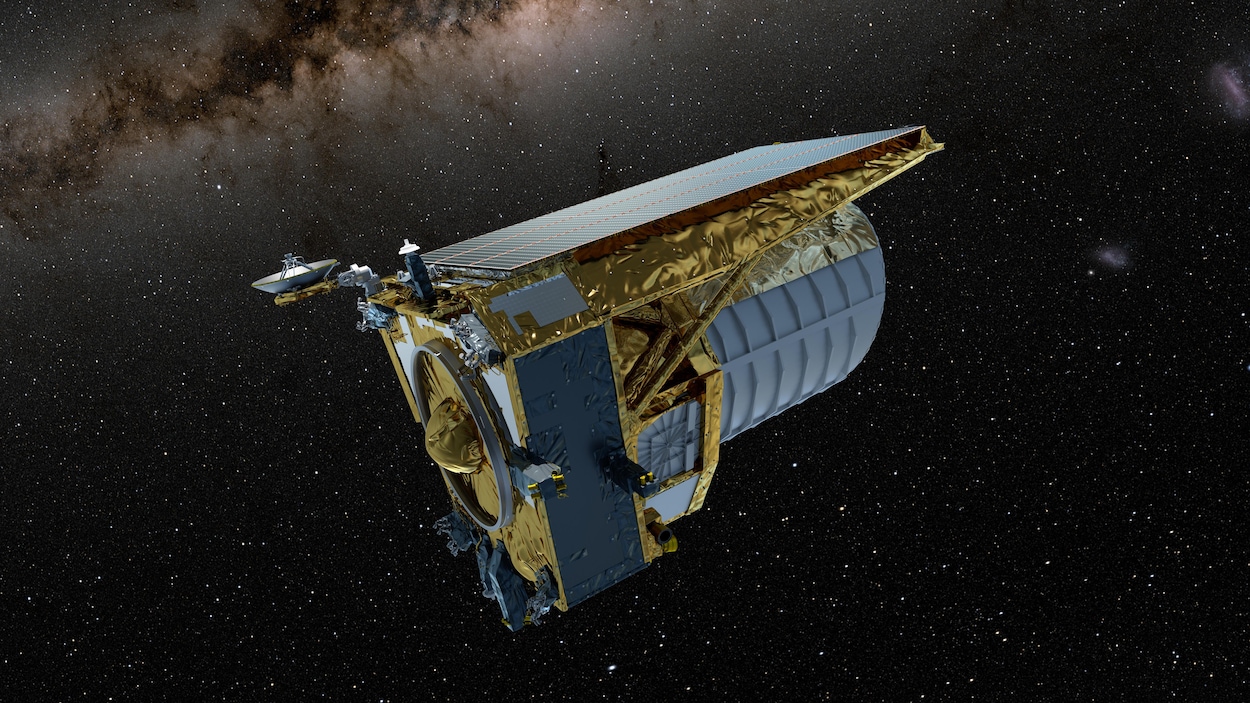
The Euclid Space Telescope, one of whose instruments was obstructed by a thin layer of ice, has regained its view after a careful defrosting operation, the European Space Agency (ESA) announced.
to'European Space Agency It is feared that this creeping frost will delay the mission, which was launched in July 2023, to explore the cosmic mysteries of dark matter and dark energy.
The defrosting process carried out by ground crews gently warmed Euclid's mirrors, It gave much better results than expected
he announcedEuropean Space Agency In a press release.
After heating the first mirror by only 34 degrees Celsius, Euclid regained his sight
The space agency added.
Mission teams had noticed since November that the telescope's instrument, which reproduces images in visible light, was receiving less light than expected, with stars appearing less bright than they should.
The cause was a strand-thick layer of ice of DNA, which accumulated on the optics of the Euclid imager, operating about 1.5 million kilometers from Earth. One solution was to activate the on-board heaters to warm the entire spacecraft, as was actually done shortly after launch.
But that option was risky, because the heat, by expanding the materials, would have required recalibration for at least a month, and that would have delayed the mission, he explained last week toFrance Press agency Ralph Cohle, one of the utility's operations managers.
So the team started with individual mirrors, hoping to solve the problem without having to heat the entire telescope. Since we didn't know exactly where the frost was accumulating, we had to try different mirrors. Fortunately, the first heated mirror was the right oneEuropean Space Agency.
Euclid has had its share of setbacks since its launch. The impact of cosmic rays initially disabled the ship's guidance system, requiring a complex upgrade of its computer system. Stray sunlight also interfered with his observations, a problem solved by a simple rotation of the telescope.
Through the Euclid mission, scientists hope to learn more about the nature of dark energy and dark matter, two never-before-observed entities that are believed to make up 95% of the universe.





